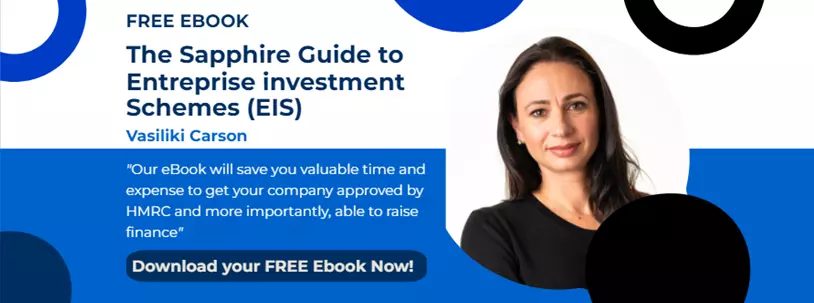Current market conditions of exponentially high inflation growth rates, and the impact of the Covid pandemic turns our focus on alternative investments. These are financial assets that do not fall into one of the conventional investment categories such as stocks, bonds or cash. Broadly, under the “alternatives” umbrella, market participants can identify different investments from tangible assets such as wine, art, collectibles, and antiques, to private markets such as private equity, private credit, infrastructure, and private real estate.
Therefore, having a relatively low correlation with traditional asset classes of stocks and bonds, investors add alternatives to their portfolios in order to obtain diversification benefits to hedge their positions against economic risk (i.e. market downturn). For example, the art market is viewed by many investors to be a recession-protected industry; artwork either retains or increases in value during recessions and economic slowdowns. Furthermore, it is noted that art sold at auction over longer periods of time have mostly exceeded the inflation rate and usually outperform traditional assets; by including this type of holding, investors spread their portfolio risk.
Although alternative investments have the potential to enhance returns and reduce the systematic risk of the market, they also have some limitations. Typically they are illiquid, meaning they are difficult to sell quickly at their fair value. These investments are more difficult to be valued compared to traditional assets, such as shares in a public company, because of the limited publicly available information to assess their worth. Also, increased regulatory protection for retail investors compared to equity and debt securities result in a lower likelihood for individual investors to allocate their funds into them.
Looking for alternative ways to preserve capital value, investors (and UK investors in particular) keep a close eye on EIS and SEIS funds, which allow them to hedge their positions against broader market risk by accessing a diversified basket of high-growth start-ups, while offsetting some limitations through the tax incentives these fund placements offer. Income tax relief may be used to offset income tax already paid or payable in either the current or previous tax year, there is nil capital gains tax as well as loss relief, thereby reducing the associated counterparty risk of the investment.
Although the EIS and SEIS funds share some similarities with other types of alternative investments, they differentiate themselves through the governmental incentives offered, which make them an attractive investment option.



